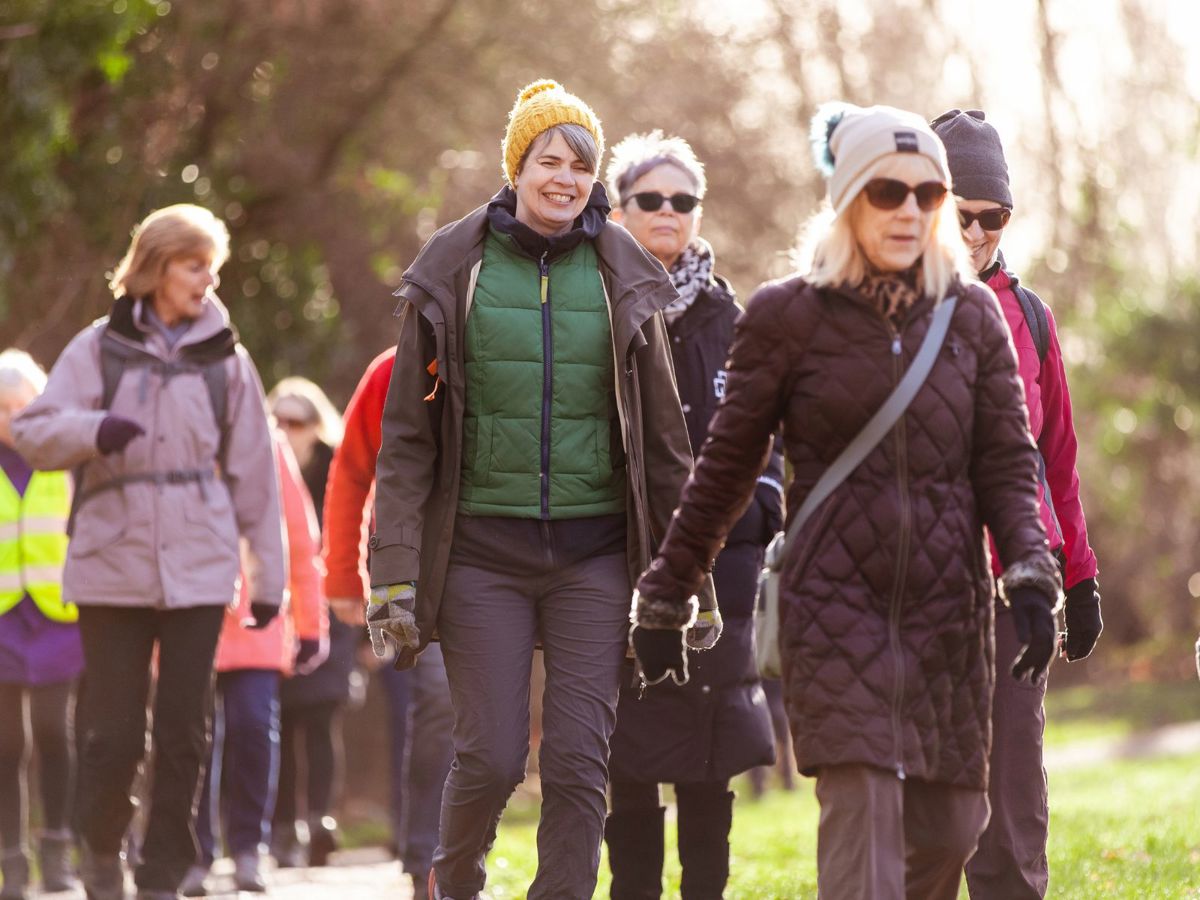Howe Park Wood
An ancient woodland which boasts a rich variety of wildlife and great facilities for families.
Facilities
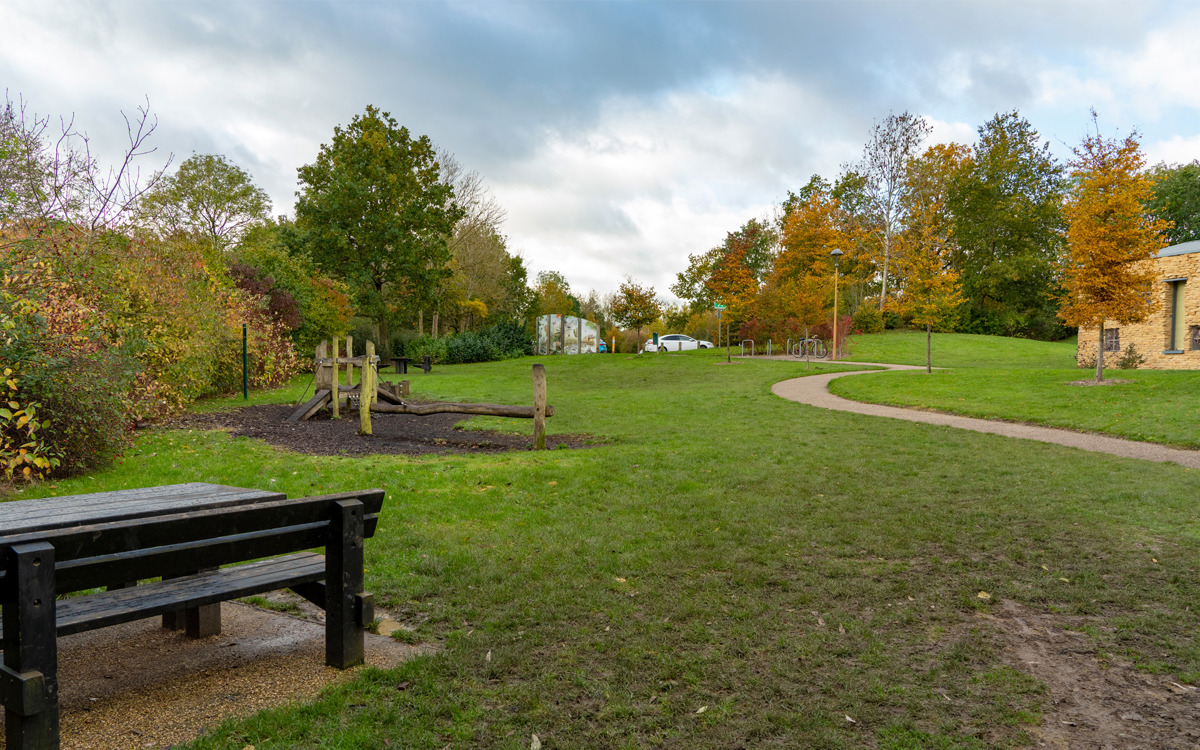
About Howe Park Wood
Howe Park Wood is an ancient woodland in the south west of Milton Keynes near Westcroft and Tattenhoe which boasts a rich variety of wildlife and fantastic on site facilities including toilets, a café and a small play area.
To help protect the wildlife in this area, we ask that dogs are kept on leads all year round and that visitors keep to designated pathways.
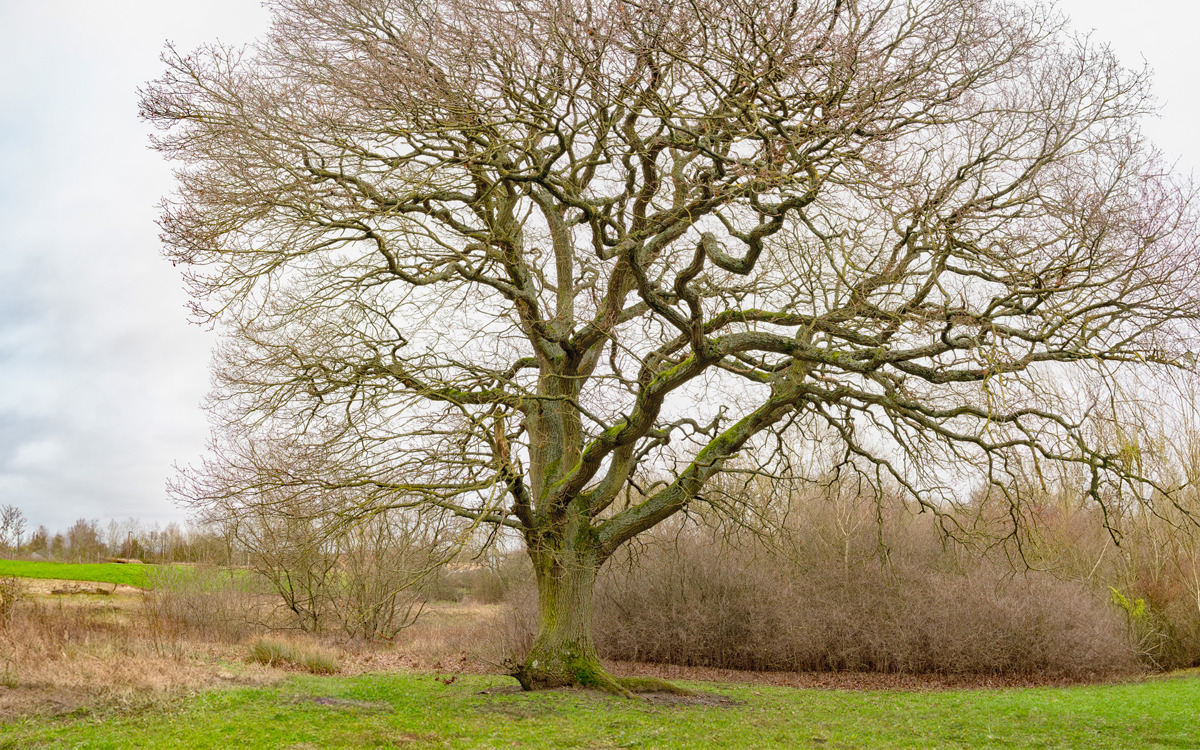
Howe Park is probably the woodland mentioned in the Domesday Survey of 1086. Parts of it may be rare surviving fragments of the 'wildwood' that covered the whole of lowland Britain after the last Ice Age, 6-11,000 years ago.
In medieval times, Howe Park would have been a vital local source of wood for the villagers of nearby Tattenhoe. When Milton Keynes Development Corporation bought the wood in 1968 it was a dark, wet, impenetrable thicket. The shady conditions prevented the growth of woodland flowers and therefore impeded the insects, birds and other wildlife which depend on them. Active management of the wood has transformed that picture and these days Howe Park Wood is one of the city’s jewels, a tranquil oasis, humming with wildlife and colour.
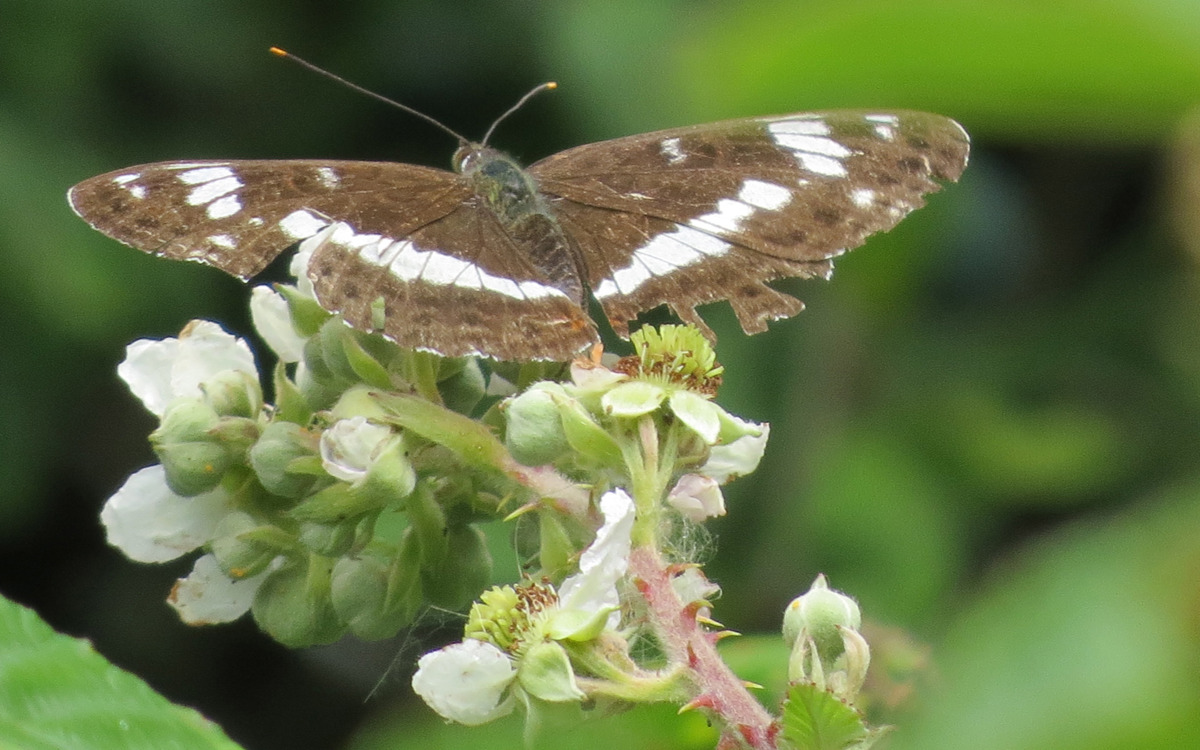
At dusk or early morning, you might spot a badger, fox, or hear the unusual bark of a Muntjac Deer. Look up to see bats hunting insects along open paths.
The wood hosts many breeding birds—keep an eye out for Green and Greater Spotted Woodpeckers, Tree Creepers, Willow Tits and Warblers, Sparrowhawks, and Tawny Owls. An early spring morning offers a stunning dawn chorus.
From late June, over 30 butterfly species flutter through sunny glades, including rarities like the White Admiral, Wood White, Purple Hairstreak, and Black Hairstreak.
The ponds, including new ones by the car park, support dragonflies and amphibians. Howe Park is home to over 200 plant species and is a designated Site of Special Scientific Interest for its diverse wildlife.
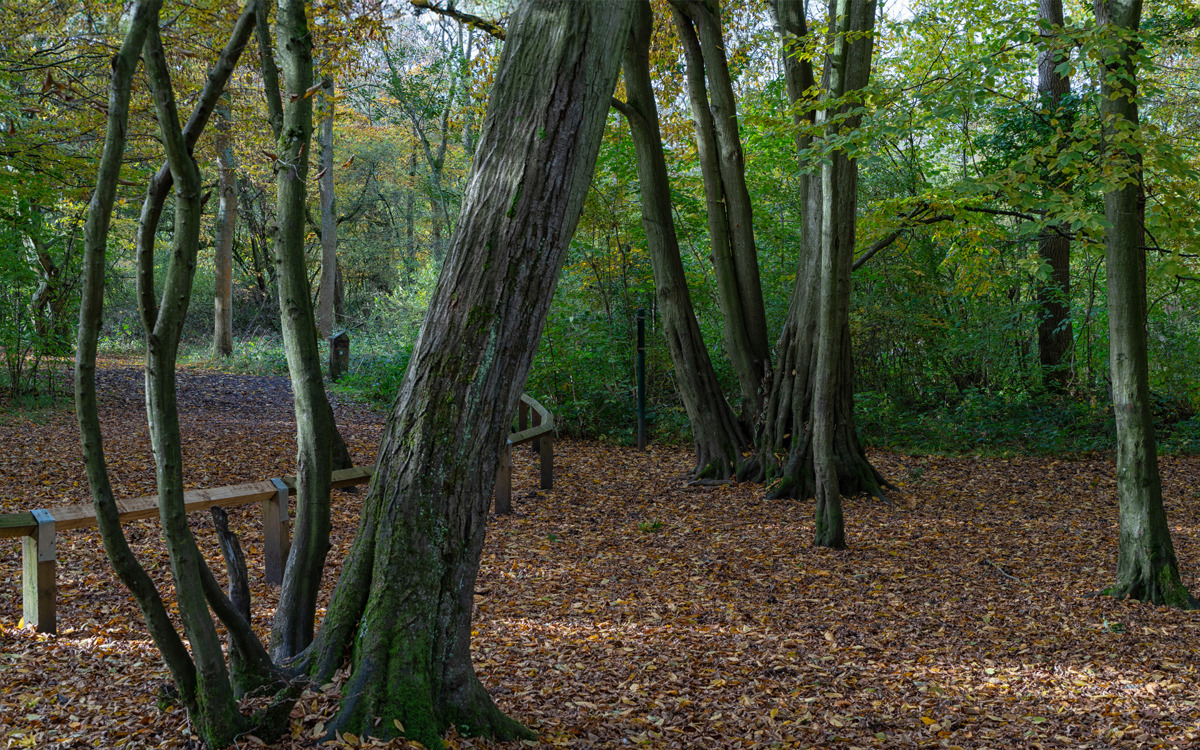
A visit to Howe Park Wood offers a fascinating insight into woodland lifecycles. To restore traditional wildlife habitats, paths and glades have been opened, trees have been selectively removed, and young oaks and ash have been planted for the future. Notable trees include two old crab apples, a grand oak, and tall ash trees near the car park.
Coppicing, a practice used in the wood, involves cutting plants back to 4-6 inches above ground to encourage regrowth. This traditional method rejuvenates plants, removes pests and weak material, and creates a diverse landscape of varying tree ages and heights. More details are in the Howe Park Wood Management Plan.
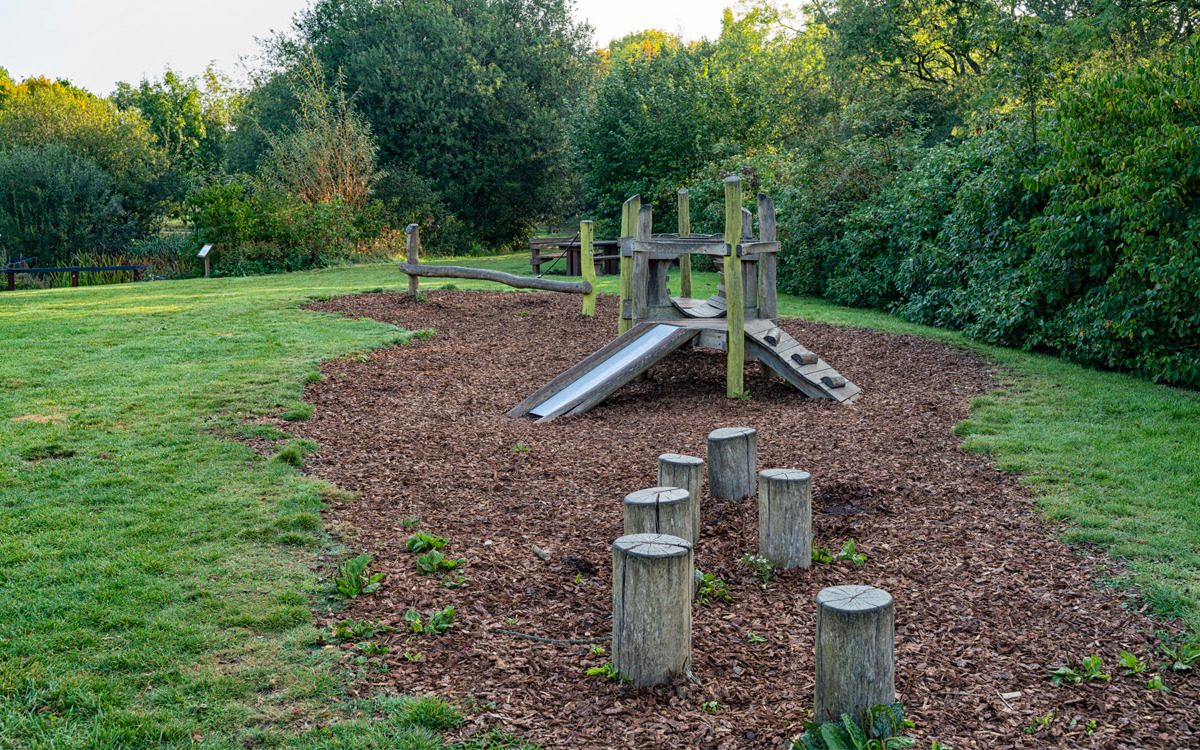
This small play area is conveniently located next to the Howe Park Wood Education Centre.
The play area is designed for young children and toddlers and has stepping stones, a balance beam, and a small climbing frame with a crawl tunnel and a slide. There is a woodchip play surface.
The play area is not enclosed.
Click on the + icons below to find out information about visiting the park.
We host many events at Howe Park Wood including guided walks, school holiday Open Mornings and activities and engaging talks at our Education Centre.
















